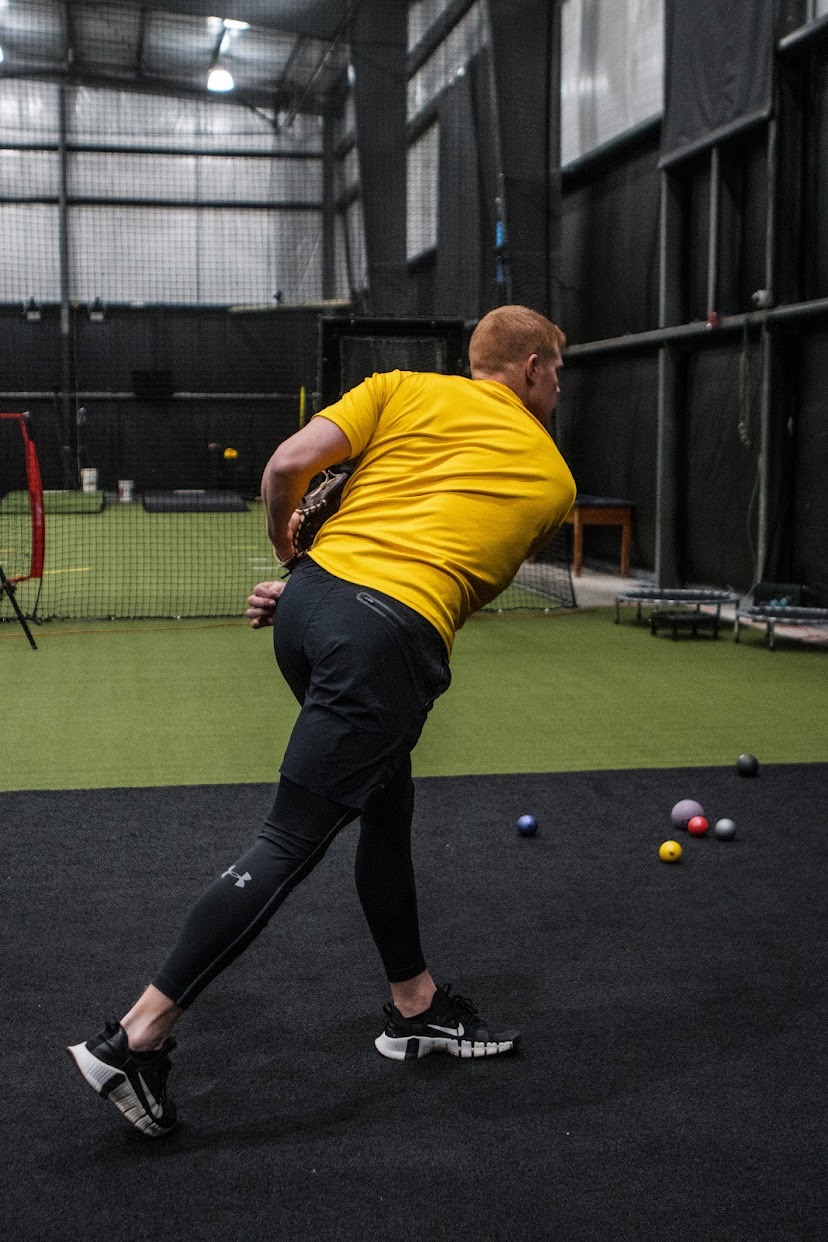What is a biomechanics assessment and why should you get one?
Biomechanics assessments for pitchers involve the analysis of the pitcher's body movements and mechanics during the pitching motion. These assessments aim to provide detailed insights into the pitcher's technique, efficiency, and injury risk. Here are some key aspects that biomechanics assessments can help identify and address for pitchers:
1 Mechanics Analysis: Biomechanics assessments analyze the pitcher's body positions, joint movements, and muscle activation patterns throughout the pitching motion. It can identify any mechanical inefficiencies or flaws in technique that may affect performance or increase the risk of injury.
2 Performance Enhancement: By identifying areas of improvement in pitching mechanics, biomechanics assessments can help pitchers optimize their performance. Coaches and trainers can use the data to make specific recommendations for adjustments in body positioning, timing, or movement patterns to enhance velocity, accuracy, and overall pitching effectiveness.
3 Injury Prevention: Biomechanic assessments can identify potentially harmful movements or positions that may contribute to overuse injuries or mechanical stress on the pitcher's arm or body. By addressing these issues early on, pitchers can work on modifying their mechanics or implementing appropriate training and conditioning programs to reduce the risk of injury.
4 Rehabilitation and Return-to-Play: In the case of a pitcher recovering from an injury, biomechanic assessments can be used to monitor
To view our assessment options available visit premierpitching.com.


